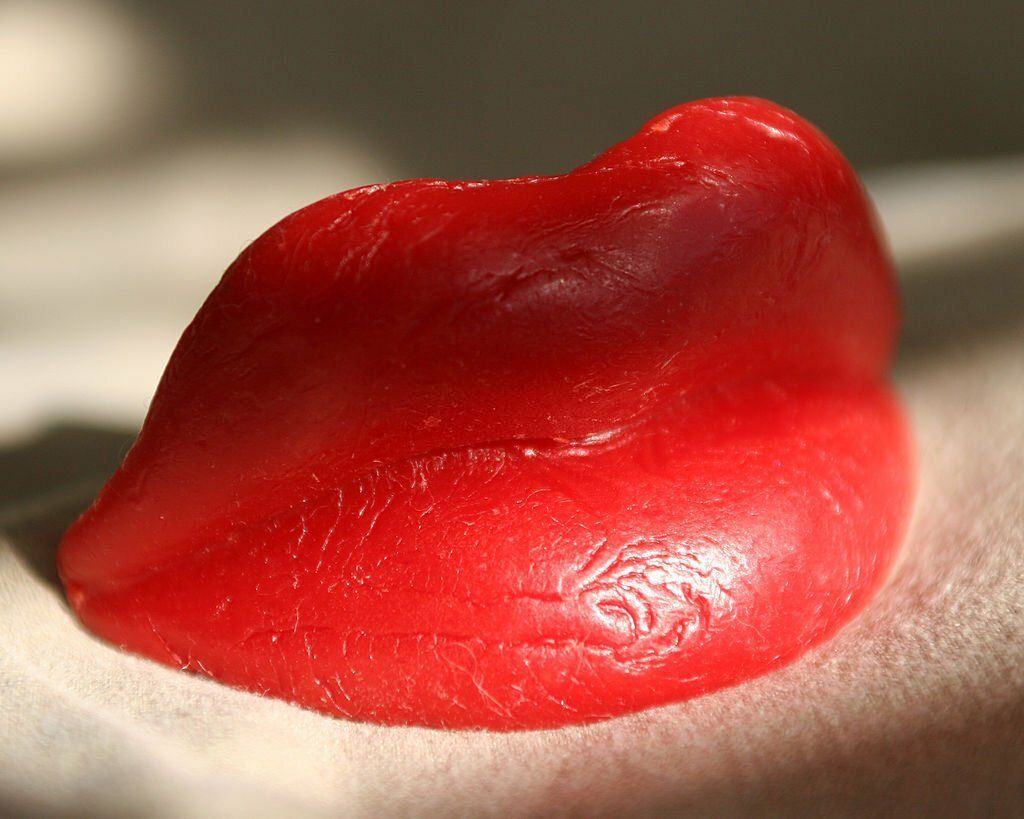This article is reviewed, corrected, and approved by: Julia Weiss CNP| RN | MPH
Prosthetic lips are a recent discovery of medical science. It focuses on restoring function and aesthetics to individuals who have lost their natural lips for various reasons.
I will explain the definition of prosthetic lips and the history and evolution of this field. Also, the types of prosthetics available and their diverse applications.
What is a Prosthetic Lip?
Prosthetic lips are often called lip prostheses or lip implants. These are artificial replacements for natural lips. These are also known as fake lips or silicon lips.
These are designed to mimic human lips' appearance, texture, and functionality. These have proven to be life-changing solutions for individuals. Who have lost their lips due to congenital defects, traumatic injuries, or medical conditions are a good candidate for prosthetic lips.
History and Evolution of Prosthetic Lips
The history of prosthetic lips dates back to ancient civilizations. Where rudimentary forms used for facial prosthetics. Yet, advancements in the field began in the 20th century.
Driven by innovations in materials and manufacturing techniques. Over time, advancements in medical technology and materials science have led to the development of more full and luscious lips.
Types of Prosthetic Lips
These come in various types, each tailored to individual needs and preferences. Some common types include:
- Partial Lip Prosthesis: Designed to replace a part of the lip. These prostheses are suitable for patients with partial lip defects.
- Full Lip Prosthesis: Intended for individuals with complete lip loss, these prostheses provide comprehensive lip restoration. Lip neutralization (dark lip neutralization) is also a part of full lip prosthesis.
- Microvascular Free Tissue Transfer: A surgical technique involves transferring healthy tissue from another part of the body to create a new lip. For example: botched lip lift.
Applications of Prosthetic Lips

There are various applications available for this, such as:
- Congenital Defects: Prosthetic lips can allow children born with cleft lips. Or other congenital conditions to lead a more normal life.
- Cancer Patients: For those who have undergone cosmetic procedure of lips as part of cancer treatment. Artificial lips, through lip augmentation, can restore their facial appearance and functionality and change quality of life.
- Reconstruction After Trauma: If someone has gone through an accident or trauma. Mouth or maxillofacial prosthetics act as a specialized treatment to help the reconstruction process along with dental implants. To learn more about dental implants, read: Before And After Dentures: 4 Must-Know Tips
Materials and Fabrication Methods Used
Advancements in materials and fabrication methods can improve the quality and comfort.
A. Traditional Materials and Methods
In the past, fake lips were often made from materials like acrylic. Traditional methods involved crafting the prostheses by hand, leading to inconsistencies.
B. Modern Materials and Methods
Today, materials like silicone and medical-grade polymers used to create fake lip fillers. These materials offer a more natural appearance, texture, and durability just like a permanent lip.
Advanced 3D printing and digital scanning techniques have revolutionized the fabrication process allowing for greater precision and customization.
C. Customization and Personalization
Modern prosthetic lips can be highly customized to match the patient's skin tone, lip shape, and size. This personalization ensures a more natural and comfortable fit. Enhancing both aesthetics and function.
Prosthetic Lips Maintenance: Tips for Longevity and Functionality
A. Indications for Prosthetic Lips
Individuals who need lip reconstruction or restoration due to congenital, traumatic, or medical reasons.
B. Contraindications for Prosthetic Lips
Certain medical conditions, such as active infections or allergies to prosthetic materials may contraindicate using prosthetic lips.
C. Surgical Procedures for Prosthetic Lips
Surgical procedures may be necessary to create the foundation for the prosthesis. Particularly in cases where tissue needs to be rebuilt or transferred from other body areas.
D. Postoperative Care and Maintenance
Regular care and maintenance is mandatory to ensure their long term endurance and optimal functionality.
Functional and Aesthetic Outcomes
A. Speech and Communication
Prosthetic lips play a vital role in speech and communication by aiding lip movement and articulation. They help individuals regain their ability to speak more clearly.
B. Eating and Drinking
Prosthetic lips ease eating and drinking. Allowing individuals to consume food and beverages with more ease and confidence.
C. Facial Expressions
These prostheses are carefully designed to restore natural facial expressions. Which are essential for social interactions and emotional expression.
D. Psychological Impact
The psychological impact of prosthetic lips is hard to understand. They often boost self-esteem and improve the mental well-being of patients. Helping them reintegrate into society with confidence.
Enhancing Aesthetics and Functionality: Future of Prosthetic Lips
A. Advances in Materials and Fabrication
The future of prosthetic lips holds the promise of even more advanced materials and fabrication methods offer better aesthetics and functionality.
B. Integration with Other Facial Prosthetics
It could be integrated with other facial prosthetics. To provide a comprehensive solution for a good candidate with multiple facial defects.
C. Personalized Design and Manufacturing
Advancements in digital scanning and 3D technology will enable highly personalized artificial lips with a perfect fit and natural appearance.
Conclusion
Prosthetic lips have come a long way from their beginnings. They represent a remarkable fusion of medical science and artistry. Offering an alternative healing process to individuals who have lost their lips a chance at a better life, both functionally and aesthetically.
Advancements in materials and techniques, the future of prosthetics lips looks promising. Bringing hope to countless individuals seeking to regain precious smile and confidence.
FAQs
- Are silicone lip injections permanent?
The FDA has not authorized silicone lip injections, and they are permanent. Complications, including tumors, granulomas, infection, tissue loss, or scarring may result from them. The only method to get rid of them is surgery by a board certified plastic surgeon.
- Is it possible to reshape your lips without surgery?
Ans: Without undergoing surgery, you may modify your lips with techniques and lip treatments like exfoliation, moisturizing with hyaluronic acid, glossing with fish oil, plumping treatments, lip tints, concealer and lip blushing. You may also experiment with lip fillers, dental implants, face workouts, and cosmetic methods. These techniques could have negative effects and are not always effective.
Summary: Prosthetic Lip Applications
- Congenital Defects: Enabling a more normalized life for children born with cleft lips.
- Post-Cancer Reconstruction: Restoring facial appearance and functionality post-cosmetic lip procedures during cancer treatment.
- Trauma Reconstruction: Specialized treatment aiding the reconstruction process after accidents or trauma.
Materials and Fabrication Methods
- Traditional vs. Modern Approaches: Transition from materials like acrylic to silicone and medical-grade polymers for a more natural look and durability.
- Advanced Techniques: Innovations like 3D printing and digital scanning ensuring precision, customization, and a snug fit.
Maintenance and Functionality of Prosthetic Lips
- Indications and Contraindications: Considerations for surgical procedures and postoperative care for longevity and optimal functionality.
- Functional and Aesthetic Outcomes: Impact on speech, eating, facial expressions, and psychological well-being, significantly boosting confidence.
Future Advancements in Prosthetic Lips
- Materials and Fabrication: Prospects for even better materials and techniques for enhanced aesthetics and functionality.
- Integration and Personalization: Integration with other facial prosthetics and highly personalized designs for a perfect fit and natural appearance.


